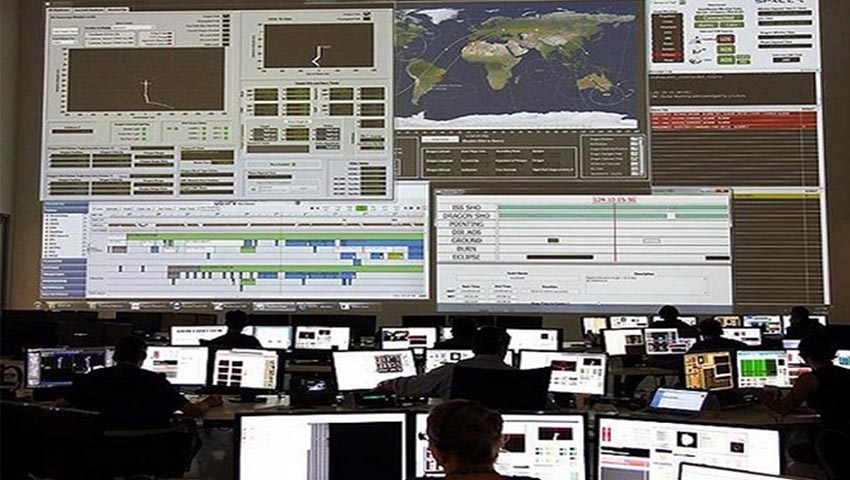
For the CUAVA-1 mission, Saber Astronautics will provide three months of continual spacecraft operations from its mission control centres in Sydney and Boulder, Colorado, US.
Saber, based in Sydney, will also support the CUAVA partners by providing training on new methods of space operations.
Professor Iver Cairns, director of the Australian Research Council Training Centre for CubeSats, UAVs and their Applications (CUAVA) at the University of Sydney, said this was a very exciting opportunity for both CUAVA and Saber Astronautics.
“Together we are going to develop a spacecraft control, data management and ground station solution that links to our new spacecraft software. This could also provide a template for many future Australian space projects,” he said.
“It is an example of two Australian entities coming together to develop an Australian solution to a global problem.”
Saber Astronautics chief executive Dr Jason Held said the challenges came with rewards.
“CubeSats are small, susceptible to damage and prone to failure, so the willingness to take a risk and learn-by-trying is what innovation is all about,” he said.
“The reward is high because a successful flight will qualify several new Australian products for the space industry. That’s exciting.”
This partnership will also work on ground station development, which will help pave the way forward for standardised operations for multiple Australian and international spacecraft.
It is planned to launch CUAVA-1 in the next 12 months. In March, CUAVA signed an agreement with Japanese space start-up Space BD for satellite deployment services from the International Space Station for the two satellites CUAVA is developing.
Saber Astronautics lead avionics engineer Andreas Antoniades said the company encouraged amateur radio operators around the world to tune in and receive data from CUAVA-1.
“Our infrastructure will allow for maximum international engagement and increases the chances for successful downlink, particularly in the first few days of launch,” he said.
CUAVA was officially launched only last month and aims to lift Australian CubeSat technology and form a primary part of Australia’s future space development.
Key projects include research that has commercial potential in the small satellite market, including plasma thrusters, high speed communication and snap-together CubeSat systems.
CUAVA also focuses on novel, miniature, world-leading imagers for satellites and unmanned aerial vehicles, as well as variable spacecraft drag devices based on Saber’s DragEN Deorbit Tether technology.
Receive the latest developments and updates on Australia’s space industry direct to your inbox. Subscribe today to Space Connect here.









